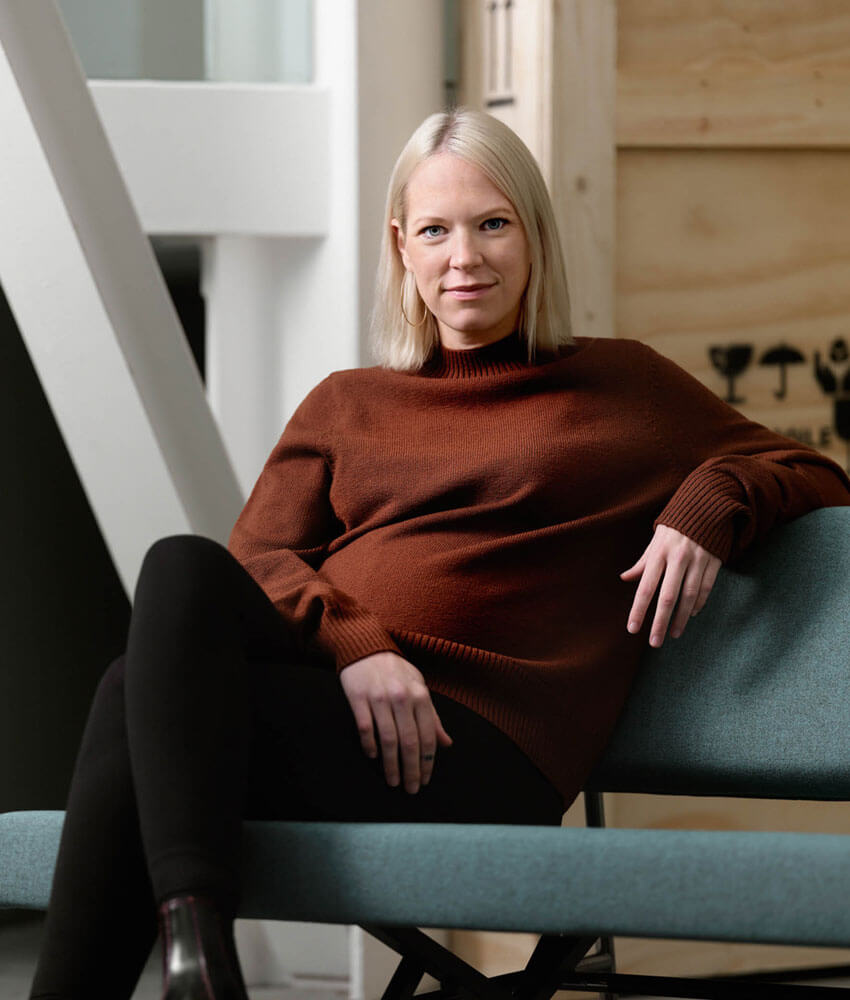Marcel Wanders X Kubusdressoir

Untitled
“My generation came of age on the stage that creative professionals like Martin Visser established. He fought for design to be taken seriously as a profession, and I admire the way he put others in the spotlight as an art director. Although I operate at the other end of the spectrum – Visser was pragmatic and straightforward, while for me, imagination and poetry are vital – but our shared history is something I value. The past is relevant when you believe in the future and strive to create sustainable designs. Unfortunately, we aren’t always brave enough to look back with a kindly eye. Our dogmatic attitude of “less is more” is difficult to break through, as if we’re all burdened by a Calvinist sense of guilt. But there is more, believe me!
Visser’s 1948 design is primarily practical. A table to carry a cupboard so that it doesn’t stand directly on the floor. And you can add all kinds of modules and hide all kinds of things in it.
The size and composition of my design are similar, but we live in a time that demands other things of us. Visser made functional furniture that was accessible for a large part of the population and could be produced in great numbers. Today, Ikea produces endless series of that kind of furniture – there is no sustainability to be achieved there.
I want to make the antiques of tomorrow. Furniture that amazes, that stimulates the imagination, furniture with a story. My cupboard is still very minimal, really: a black table with a transparent module. The 3D-printed doors feature a polychromatic relief of monstrous faces. When closed, the cupboard is subtle; open, it is challenging. I like empty cupboards, cupboards full of emptiness, the ritual, the surprise. In that way, I preserve emptiness for the future.”

Cubic dresser (1948)
Martin Visser’s Cubic dresser is his earliest work. He designed it along with a table and two benches for the furniture department of De Bijenkorf, where he worked as a sales assistant at the time. The dresser was modular: cubes containing drawers or “weatherboarded” doors were installed on the telescopic frame, making it easily adaptable to users’ needs. The construction and use of materials were fairly straightforward: while the diagonal slat in the frame is recessed, it remains clearly visible.
Marcel Wanders
Marcel Wanders (1963) graduated with honours from the art school in Arnhem. His Knotted Chair, designed for Droog Design in 1996, became world-famous. Wanders is an unconventional designer: he wants to challenge, seduce and surprise, and fights against the impersonal industrial developments in the design sector.
In his designs, Wanders combines traditional techniques with a strong feeling for wonder and romance. His Balloon Chair is a poignant example of this. Wanders counts the world’s leading brands among his customers, such as Louis Vuitton, Alessi and several hotel chains. His works have been included in numerous prominent museum collections, including those of Centraal Museum, Centre Pompidou, the Cooper-Hewitt National Design Museum, MoMA and Stedelijk Museum.







